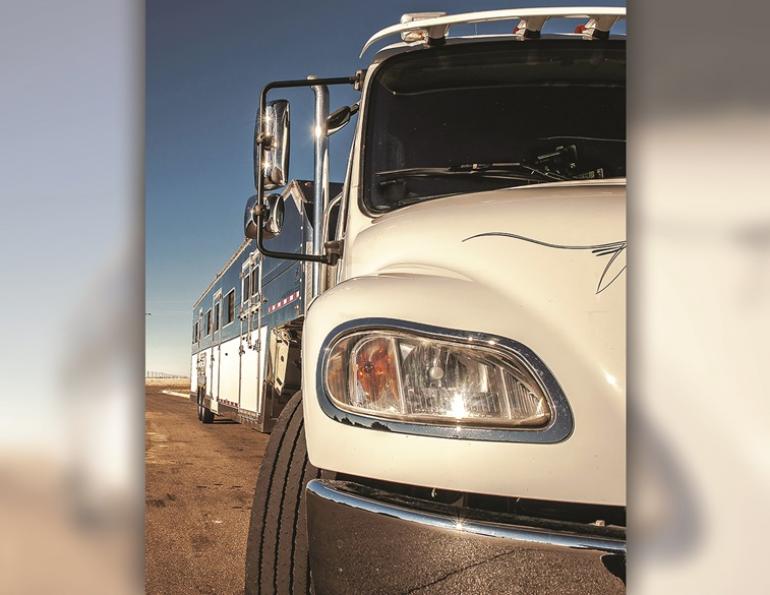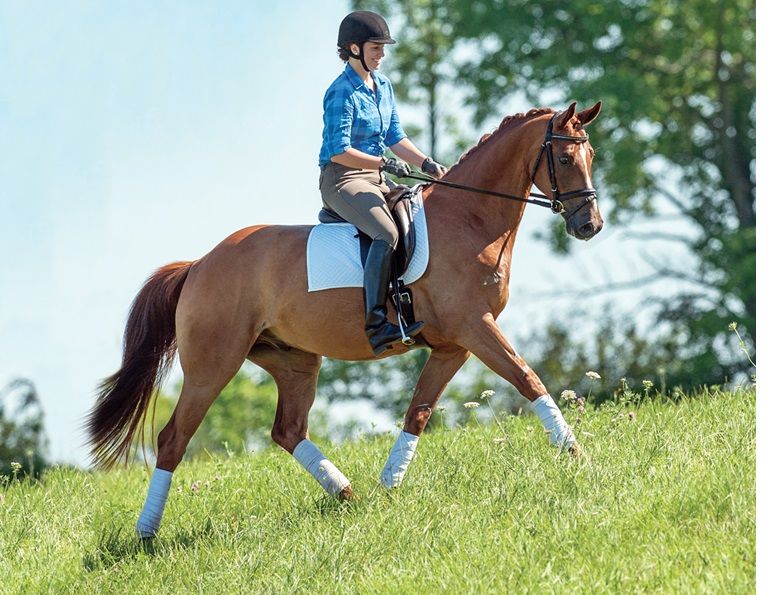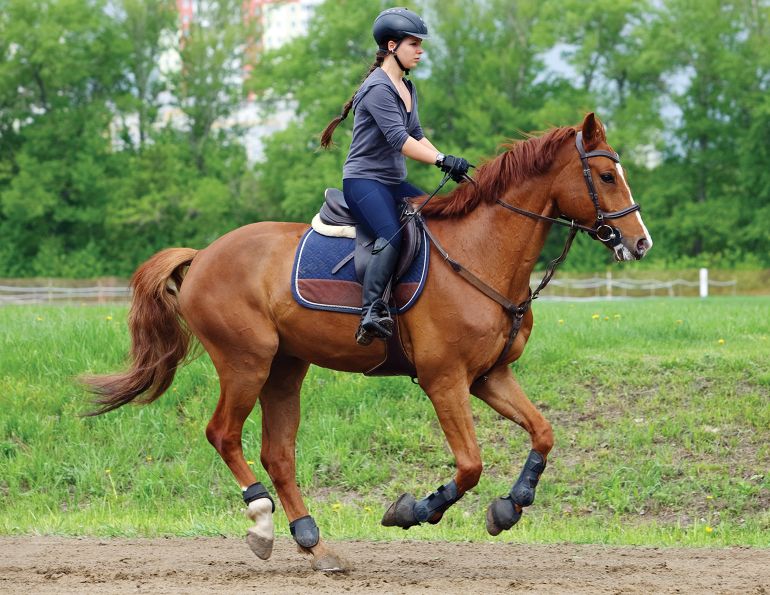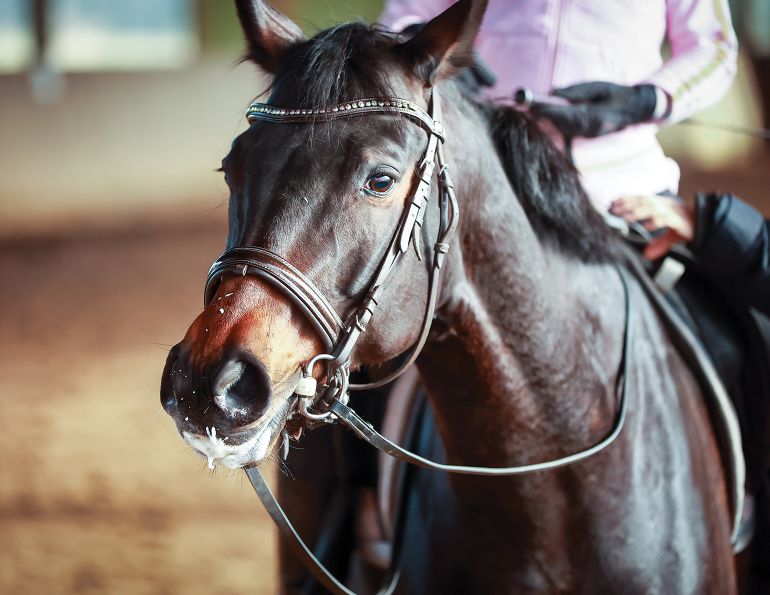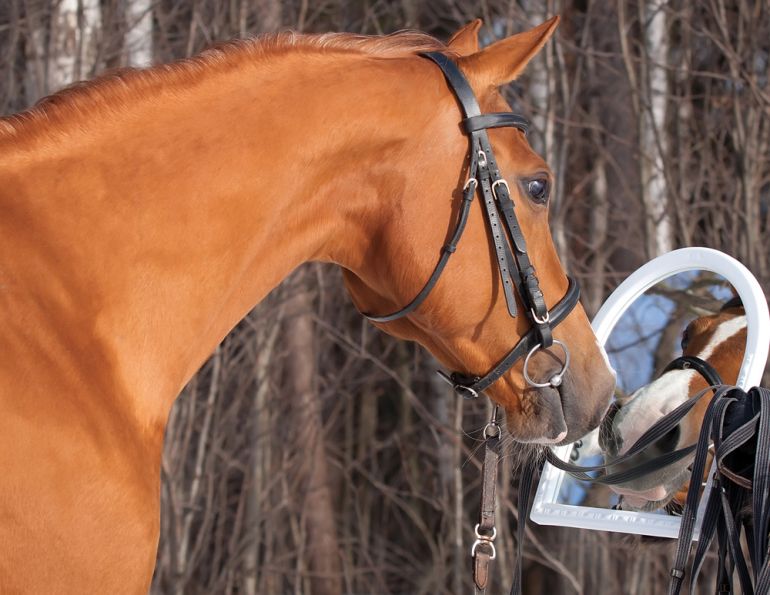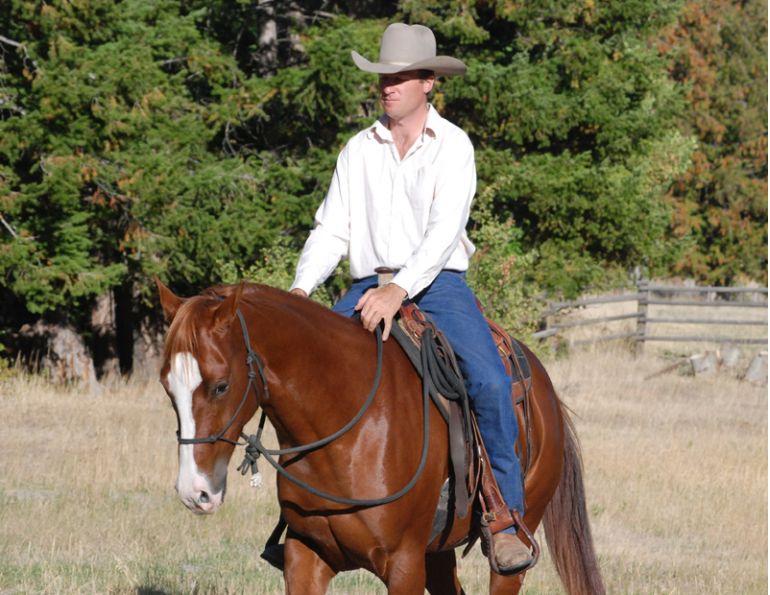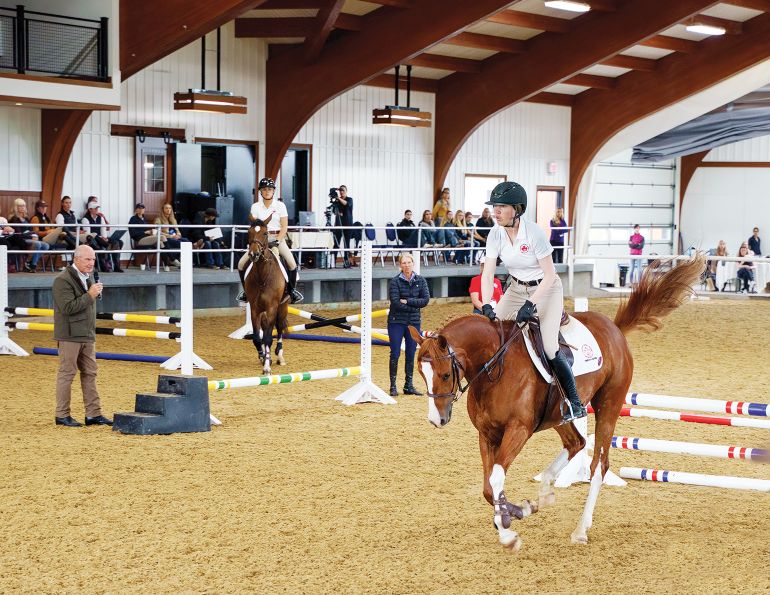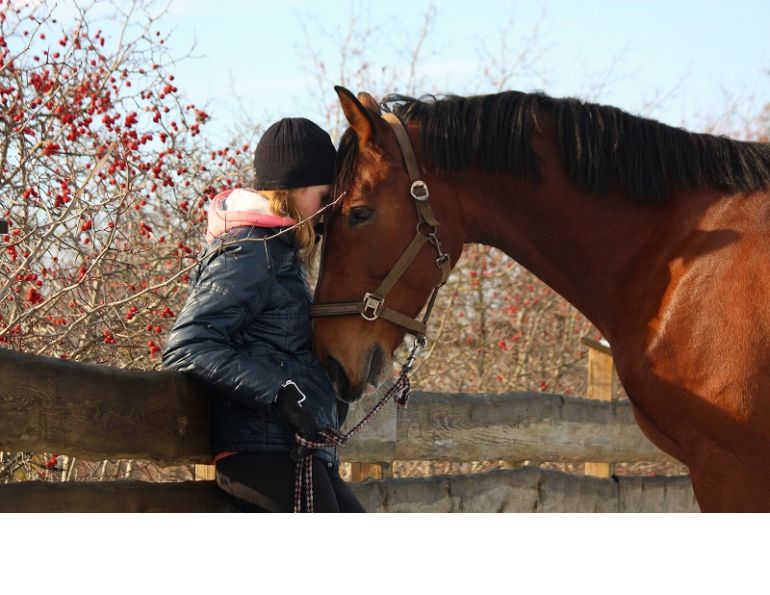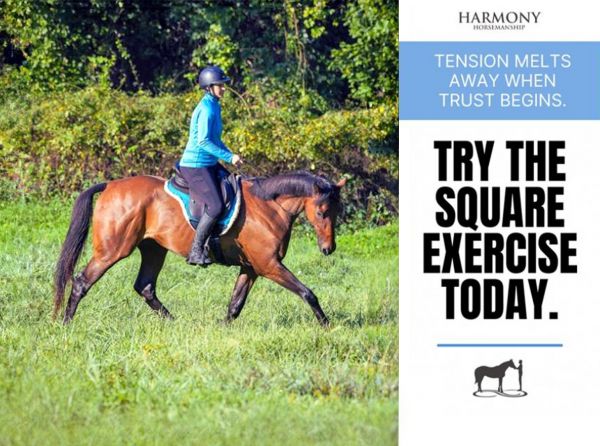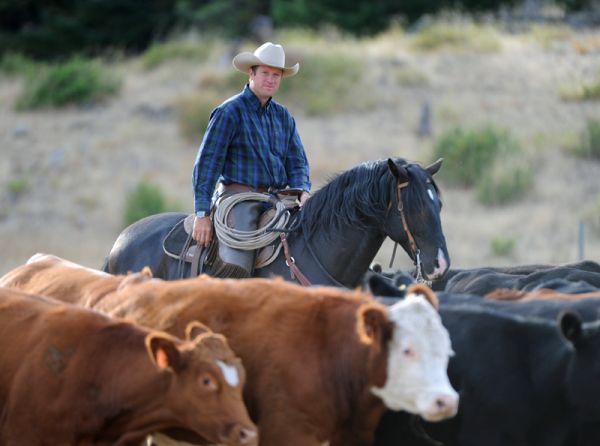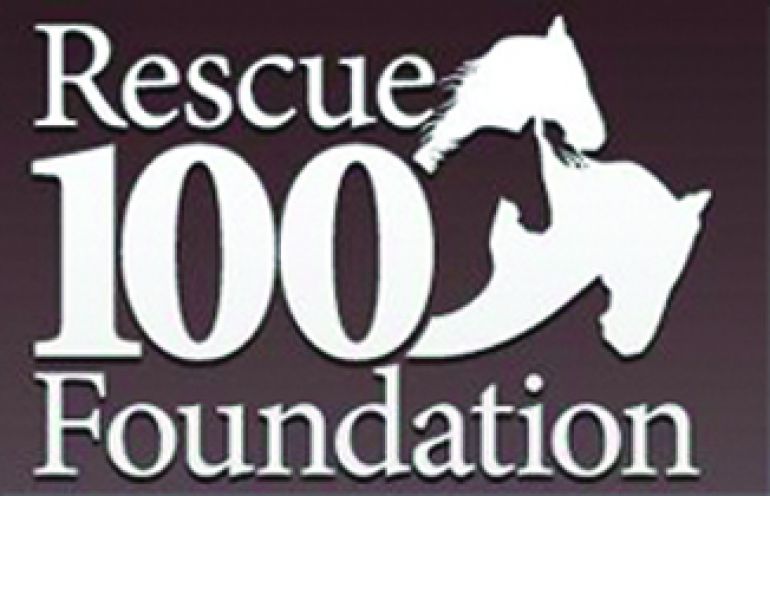By Kathy Duncan
In recent years, much research in fitness training has discovered the value of core training. The body's core includes the four main abdominal muscles, the pelvic floor muscles, and the erector spinal muscles which support the spine. Collectively, these muscle groups keep the back straight and strong.
The four abdominal muscles, the Rectus Abdominus, Transverse Abdominus, and Internal and External Obliques, do much more than support the back. These four muscles compress the abdomen to aid in moving the contents of the various visceral organs through the body efficiently. These activities include urination, defecation, birthing, and constant inhalation and expiration. If the core muscles are weakened or injured, possible dysfunction in the visceral organ performance could result. Additionally, when these same core muscles serve in the skeletal capacity, they cause the body to move forward and back, up and down, and bend from side to side. No other muscle group provides such a diverse group of functions.
The Rectus Abdominus, which is considered the main abdominal muscle, originates in the chest and inserts at the 4th to 9th costal cartilages, runs the length of the belly, and attaches to the femur via the accessory ligament. In layman's terms, this means that when your horse hunches his back to bring the hind legs under, one of the main movers is this giant muscle. The Rectus Abdominus is used more than all of the other abdominal muscles combined.
The abdomen is wrapped in fascia deep to the Rectus Abdominus, and, in addition, the muscle itself is woven with tendonous intersections or inscriptions that are a part of the muscle. These inscriptions are very tough and non-pliable similar to a plastic laundry basket. They have very little elasticity. If you have witnessed a human with a "6 pack," what you are actually seeing are these tendonous inscriptions that are woven through the abdominals.
In the care of an athletic horse, much attention should be given to these important muscles for strength, but also for flexibility. Only a very flexible abdomen will allow the limbs to fully extend for a long stride. This flexibility can be attained through active flexibility exercises, as well as manual static stretching of the limbs (for 30+ seconds each) both front and back.
The Transverse Abdominus are located in the flank and run dorsal to ventral, or up and down, in the flank area. They are the deepest abdominal muscles protecting the vital organs. Because they are also main movers in running, bucking, rolling, bending, and stabilization, they are often quite tight and can benefit from flexibility exercises as well.
The Internal Obliques are lined with a very non elastic abdominal fascia to protect the internal organs. They originate at the iliac crest (hip) and are inserted at the lower ribs 9 through 12. They are responsible for rotation of the trunk.
The External Obliques are yet another layer which the fibers run in the opposite direction of the Internal Obliques. They originate at the iliac crest and insert at the lower ribs 5 through 12. They work together with the Internal Obliques to rotate the trunk.
Like an accordion, these core muscles contract and release with each step to pull the legs forward, aid in breathing, and maintain stability to the trunk. Because they are attached to the ribs, the femur, and the hip, they are prone to overuse and can suffer athletic injury just like the limbs.
In core strength and flexibility training for your horse, care should be given to a proper warm-up before implementing difficult strength work. Strength training for the Rectus Abdominus and back muscles should include hill work, long trotting, and transitions (walk to trot, trot to canter, etc.). The Obliques require more lateral bending exercises like poles, barrels, and side passing for strength, and bending stretches for enhanced flexibility.
Muscles should always be quite warm before beginning aggressive strength training, and stretching should be done before the cool down. Massage therapy can be beneficial in maintaining the necessary flexibility to these important muscles. The fascia woven through the muscles often becomes stuck to the tissue beneath and can be mobilized by gentle massage. Be aware that the flank is a ticklish area and that you should be aware of your safety when working in this area.
About the Author
Kathy Duncan is the author of The Fit Horse Companion, a manual for horse health and fitness including massage therapy and hydrotherapy.
Article Source: Ezine ARticles
Photo: Five Furlongs/Flickr




